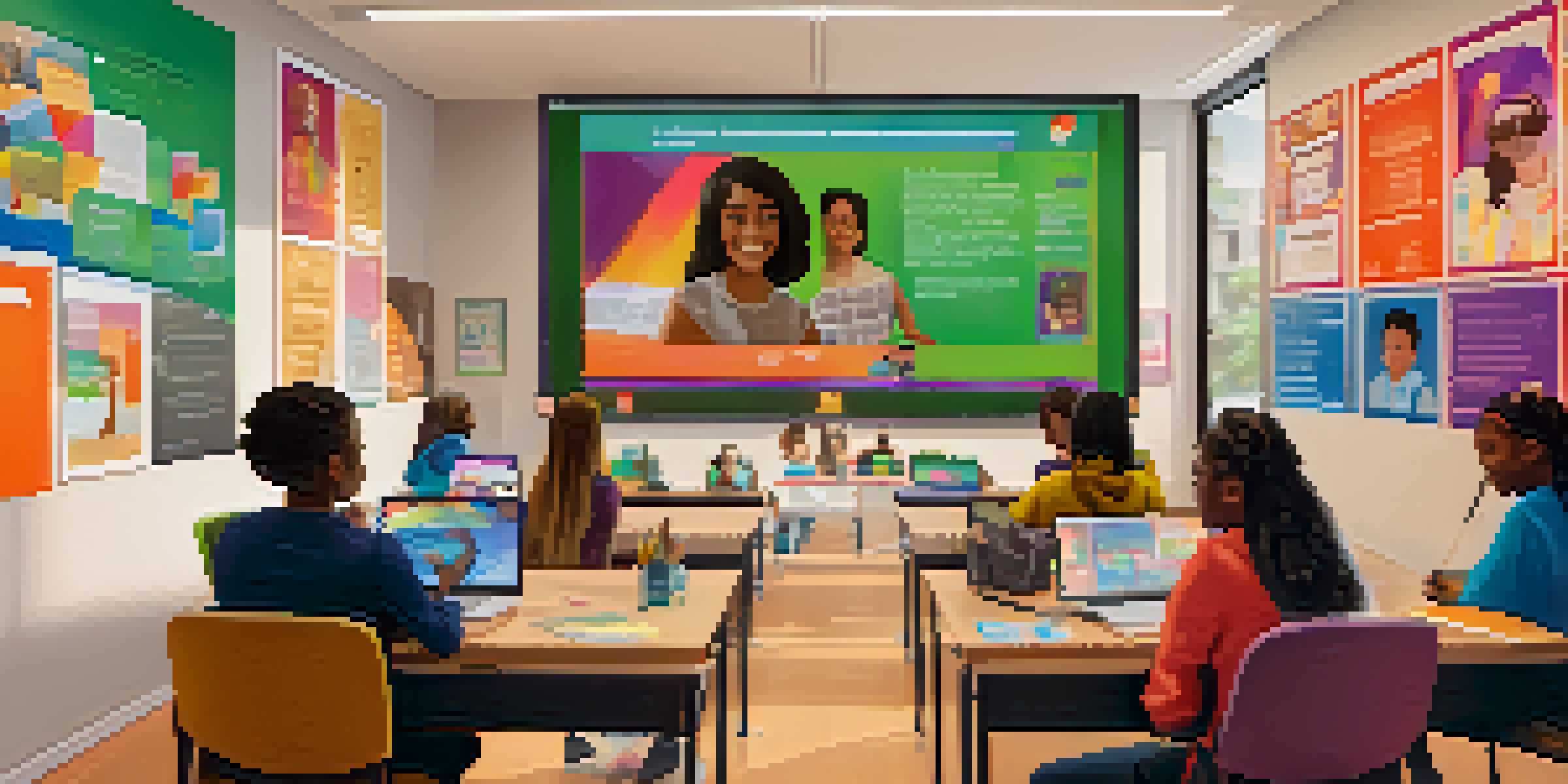Synchronous vs. Asynchronous Learning in Blended Programs

Understanding Synchronous Learning in Blended Programs
Synchronous learning involves real-time interaction between instructors and students, typically through live sessions. Think of it like attending a virtual classroom where everyone participates simultaneously, much like a traditional lecture but online. This format fosters immediate feedback and lively discussions, enhancing the learning experience by allowing students to ask questions on the spot.
Exploring Asynchronous Learning in Blended Programs
In contrast, asynchronous learning provides flexibility, allowing students to access materials and complete assignments at their own pace. Picture it as watching recorded lectures and engaging with content whenever it suits you, similar to binge-watching your favorite series. This method caters to diverse schedules and learning styles, making education more accessible for those with varying commitments.
Synchronous Learning Fosters Community
Real-time interaction in synchronous learning creates a sense of camaraderie and collaboration among students.
Benefits of Synchronous Learning for Students
One major advantage of synchronous learning is the sense of community it creates among participants. When students engage together in real-time, it mimics the social dynamics of a physical classroom, promoting collaboration and camaraderie. Additionally, immediate feedback from instructors can clarify misunderstandings quickly, which is crucial for grasping complex concepts.
Benefits of Asynchronous Learning for Students
Asynchronous learning empowers students with the freedom to tailor their educational journey. This flexibility allows learners to dive deeper into topics that interest them without the pressure of a fixed schedule. Moreover, it accommodates those who may need to balance work, family, or other commitments, making education more inclusive.
Asynchronous Learning Offers Flexibility
Asynchronous learning allows students to study at their own pace, accommodating diverse schedules and commitments.
Challenges of Synchronous Learning in Blended Programs
Despite its benefits, synchronous learning can present challenges, particularly for students in different time zones. Coordinating schedules can become a logistical puzzle, potentially leaving some learners feeling disconnected. Additionally, the pressure to participate actively during live sessions may intimidate some students, impacting their confidence and engagement.
Challenges of Asynchronous Learning in Blended Programs
On the flip side, asynchronous learning can lead to feelings of isolation among students. Without regular interaction, it's easy to lose motivation or feel disconnected from peers and instructors. Additionally, the self-discipline required to stay on track can be daunting for many, as the absence of scheduled classes may lead to procrastination.
Balance Enhances Blended Programs
Integrating both synchronous and asynchronous methods caters to varied learning styles, promoting inclusivity and engagement.
Finding the Right Balance in Blended Programs
The key to successful blended programs lies in finding the right balance between synchronous and asynchronous components. By integrating both methods, educators can cater to diverse learning preferences and needs, creating a more inclusive environment. This hybrid approach not only enhances engagement but also fosters a sense of community among students.
Conclusion: Choosing the Best Learning Approach
Ultimately, the choice between synchronous and asynchronous learning depends on individual needs and learning styles. While some thrive in structured, real-time environments, others may prefer the flexibility of learning at their own pace. Understanding the strengths and weaknesses of each method can help students and educators alike create a more effective and enjoyable learning experience.